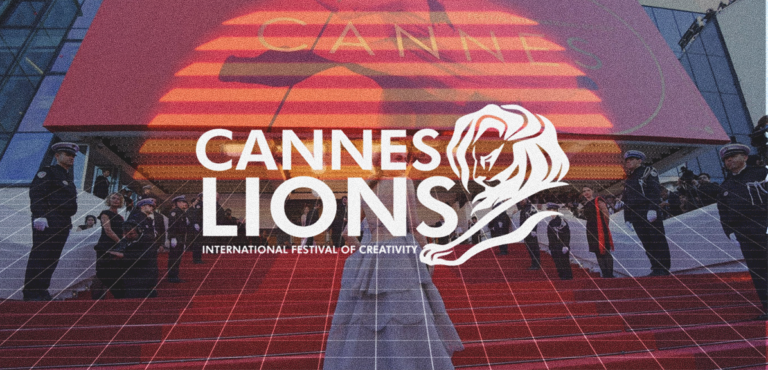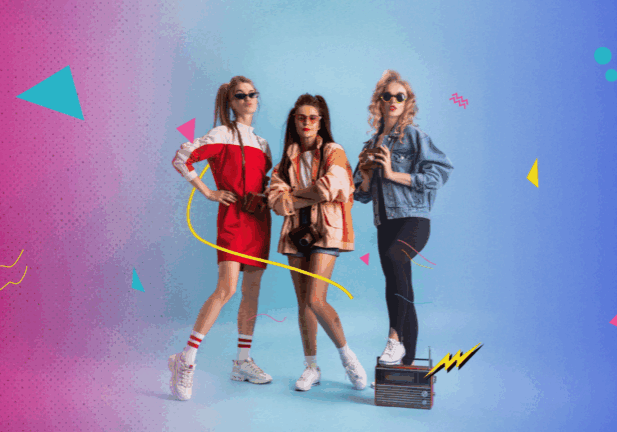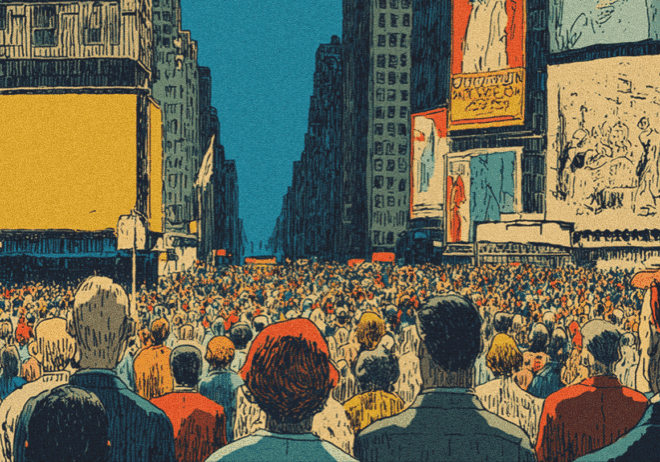
Cannes Lions 2025 and the New Era of Advertising Risk
Can you recall the last ad that you found interesting enough to stop scrolling, laugh out loud, or send the link to a friend? You will likely realize it was not the ad with the safe, predictable approach that grabbed your attention, but the bold ad.
Maybe it was even a little risky. At Cannes Lions 2025, we learned from some of the world’s most creative minds that campaigns creating real shifts in culture are not risk-averse but instead lean risky, relevant, and resonant.
What can marketers and brands take away from an example of bold creativity? Let’s discuss some of these key points so you can start thinking about them long before the next major festival.
Lesson 1: Safe doesn’t sell, brave does
The Cannes Lions 2025 made it abundantly evident that no one will notice a brand if it stays safe and stays within the lines. People lean in when they take chances. Consider campaigns that have been outspoken about identity and inclusivity, ridiculed their own category, or challenged social norms.
Key Learning: Being safe is the same as being invisible.
Brands should aim for cultural dialogues rather than impressions. You may be headed in the right direction if the campaign makes you feel a little uneasy.
Lesson 2: Humor is a superpower
One of the biggest discussion threads this year is the return of humor to advertising.
After two years of seriousness, marketers remember that none of the audiences want seriousness. From humorous snack brands to silly fintech apps, humor was everywhere at Cannes — and it worked.
Key Learning: Humor, when it is authentic, does not just sell it connects.
Don’t underestimate the value of “giving them a laugh” to stimulate engagement and build brand love.
Lesson 3: Technology + storytelling = A risk worth taking
AI, AR, VR — we know it, we’re aware of it. But Cannes Lions 2025 showed us that when technology worked hand-in-hand with emotional storytelling, the results we saw left us speechless. A few of the campaigns used generative AI as a co-creator rather than simply a tool, sparking interesting dialogue regarding authorship and originality.
Key Learning: Don’t use it, just to use it. Use it to enhance, augment, and amplify human stories.
Risk-taking means experimenting with the tools your competitors hesitate to use and harnessing their innate power.
Lesson 4: Local roots, global reach
The strongest work was from brands that highlighted hyper-local stories and cultural nuances.
These risks paid off by resonating globally. What seems deeply personal in one region often prompts universal feelings.
Key Learning: Don’t refrain from niche storytelling
It’s not about making everyone happy—it’s about reaching the right people and moving them enough to start the story.
Lesson 5: Purposeful messaging
While there has always been purpose-led advertising, Cannes 2025 showed that lip service does not hold weight anymore. The most awarded campaigns tied brand purpose to tangible action—whether that was commitments to real-life projects, changes to supply chains, or making publicly accountable promises.
Key Learning: When we talk about taking risks, we are well beyond lip service.
Purposeful messaging without tangible accountability is public relations. No receipts?
Lesson 6: Surprising collaborations
This year’s notable messaging from brands stemmed from surprising and enlightening partnerships. For instance, a fashion brand paired with a video game platform, or cereals creating content with climate activists. These partnerships were not arbitrarily arranged: they were calculated and targeted risks to see the engagement of unlikely communities.
Key Learning: Don’t stray away from partnering outside of your comfort.
Prospective partnerships that engage the audience in a cross-industry space could revitalize how others perceive your brand and allow you to identify new audiences.
Lesson 7: The strength of polarization
Several campaigns at Cannes created controversy, and this was precisely the intention. Within our fragmented attention economy, we will now realize many brands cannot make everyone happy. The winning brands accepted and acted upon that reality and took bold decisions rather than choosing diluted neutrality.
Key Learning: Polarization is risky, but indifference is fatal.
When a campaign creates discussion, which often includes a polarized point of view, you might be doing your job.
So, how do you adapt these learnings without a Cannes physical budget?
Not all brands have access to millions of dollars for a risky campaign, but the principles are scalable.
The best starting point is to make it small-first-test brave ideas in social spaces, where you can experiment quickly and at a relatively low cost. Social media also gives you the opportunity to trial what resonates, fail quickly, and iterate prior to rolling out at scale.
Also, if the campaign includes some level of risk, it is critical to have a deep understanding of your audience and to root your risk-taking in cultural insights, so it feels brave versus reckless.
Finally, when you analyze impact, impact should be focused on more than just clicks or impressions. The measure of success lies in sparking cultural relevance, emotional resonance, and conversations that reach well beyond a campaign’s media dollars.
Few examples that hit the spot
There were more than some award-winning campaigns at Cannes Lions 2025—the intent of these campaigns was to prompt discussion, change opinions, and demonstrate the benefits of courageous creative thinking. Here are some notable examples that reflect the potential value of risk-taking.
“The Best Place in the World to Have Herpes” — New Zealand Herpes Foundation
This campaign used humor and a national identity to remove the stigma of herpes, representing it as a public health concern in a way that felt much more approachable than being associated with shame. Featuring the destigmatization program, and live data, it even won the Grand Prix for Good.
“Olympic Curry” — McDonald’s France (DDB Paris)
During Paris 2024, and after Stephen Curry will obliterate the competition in basketball, McDonald’s France released a humorous post threatening to pull “Classic Curry” sauce. Building off momentum, and requiring hardly any time or resources, it garnered huge attention and is now an example of cultural relevance + timing.
“Vaseline Verified” — Ogilvy Singapore
This one took user-generated “life hacks” about skincare around the internet and scientifically tested to determine which ones were safe or even worked in Vaseline’s labs, and then “verified” said hacks. This offered a confirmed alternative to misinformation in a creative, scientific trust-building way, with tremendous social engagement and organic reach.
Daring Wins: Lessons worth nothing
Cannes Lions in 2025 showed one thing very clearly—taking risks is no longer optional.
The safest campaigns are the ones that no one remembers! It doesn’t matter if it’s funny, tech, local stories, or a brave position on something happening in the world—the campaigns that ‘zigged’ while everyone else ‘zagged’ are always the ones that grab attention, win hearts, and earn Lions.
For the marketer, the real insight is stark—if your work doesn’t make you anxious, it likely won’t generate emotion with your target audience either. It’s pure and simple: when it comes to advertising, emotion is everything.
Cut to the chase
Courage drives the marketing efforts that people will remember. Safe ideas will wither on the vine, but bold ideas will start conversations and matter in culture. So take a risk and test the idea you think will change things, take ownership of the risk, and let your brand stand out. After all, fortune favors the brave in advertising.

